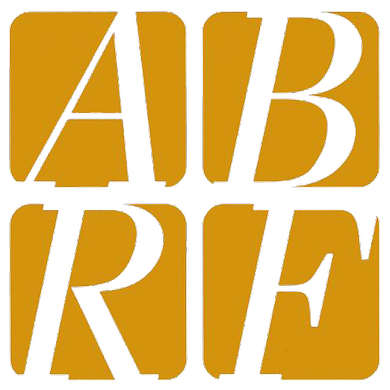About
WACD is a Chapter of the Association of Biomolecular Resource Facilities. The WACD aims to create a regional group of professionals from research focused institutions who share an interest in the development, operation and advancement of innovative, cost effective high-throughput technologies and services. Annual meetings will provide an opportunity for the group to share experiences and challenges and to form relationships with peers they can connect with throughout the year on topics of interest.
Leadership
President – Diane Miller, Sequencing and Bioinformatics Consortium, University of British Columbia
Meeting Host – Cassie Sather, Fred Hutch Cancer Center, Seattle, WA
Secretary – Sara Bowen, Barrow Neurological Institute, Phoenix, AZ
Treasurer – Gene Hess, Seattle Children’s Hospital, Seattle, WA
Program Chair – Jenn Page, Salk Institute, San Diego, CA
Sponsorship – Kristen Jepsen, University of California, San Diego
Webmaster – Ben Abrams, University of California, Santa Cruz, CA
The Chapter goals are very similar to those the ABRF supports but on a regional level:
- To play a leadership role in networking regional (as well as national) core laboratories, researchers, and students, from a wide range of similar Universities and Institutions.
- To establish partnerships and collaborate with other existing organizations to support regional research resources.
- To create a platform which is Region specific but also has a voice and serves as a conduit to ABRF.
- To promote technologies, research support and administration of bimolecular and biomedical research facilities.
- To enhance communication on the regional, national and international level regarding ABRF activities.
- To enhance the visibility of the ABRF in the scientific community; to educate the scientific community about the value of the ABRF; and to broaden the number and diversity of core laboratories and biotechnology laboratories that take advantage of the ABRF research group studies and ABRF membership networking opportunities.
- To enhance the visibility of the ABRF with funding agencies that support the development, acquisition and application of core facility shared research resources.
Advantages in creating a regional chapter:
- We have distinct characteristics; we are more spread out than our colleagues on the East coast creating more isolation; we have somewhat different institutions, etc.
- By acting as a block, we might be able to develop closer ties to NIH and to create greater leverage with our instrument and consumable vendors.
- Regional meetings enhance networking and resources.
- Smaller regional meetings provide a more intimate environment for greater interaction among participants. Sessions can be geared more towards interactive discussions rather than lectures. Travel and meeting expenses might be reduced.
